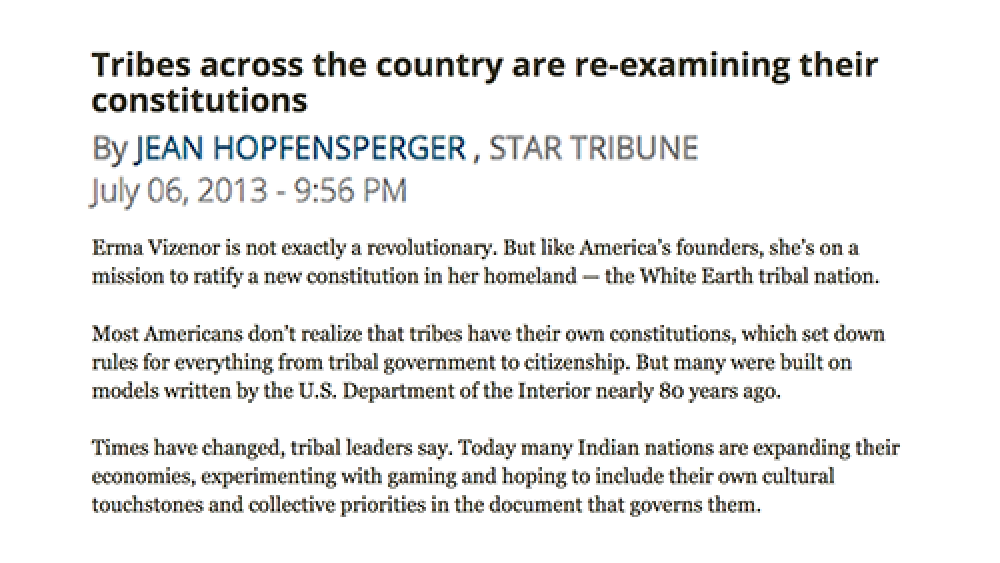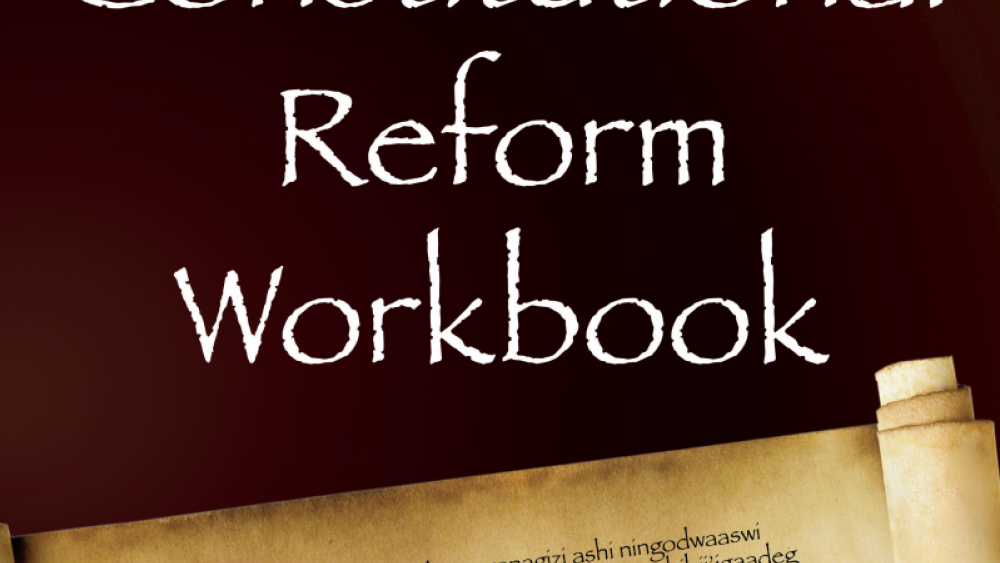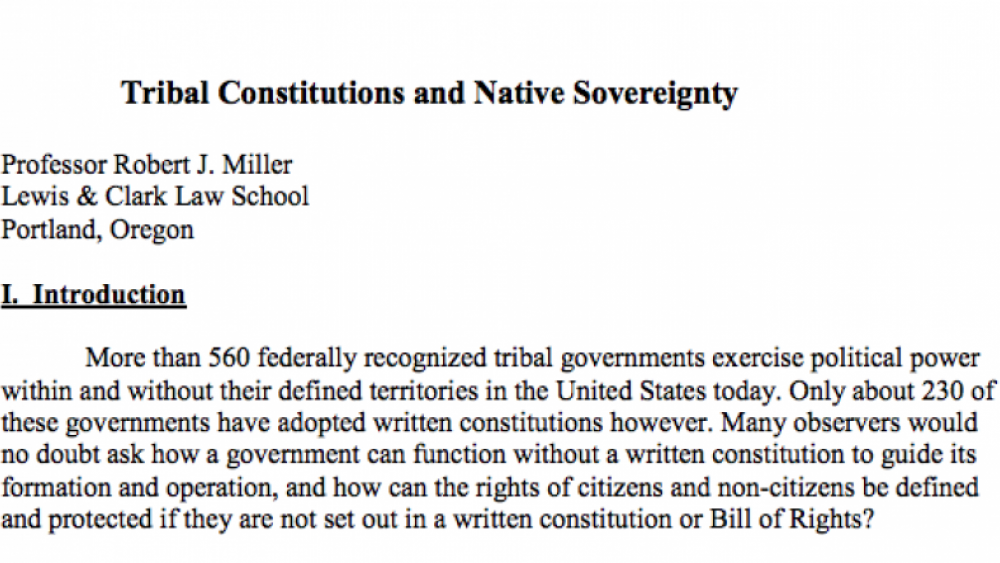In this highlight from the presentation "Key Things a Constitution Should Address: 'How Do We Resolve Disputes?'," legal scholar Melissa Tatum discusses the importance of a Native nation striking a balance between what to include in its constitution and what not to include in its constitution so that it retains the ability to respond in a timely fashion to changing circumstances.
Additional Information
Tatum, Melissa. "Striking a Balance on What to Include in Your Constitution (Presentation Highlight)." Tribal Constitutions seminar. Native Nations Institute for Leadership, Management and Policy, University of Arizona. Tucson, Arizona. April 4, 2013. Presentation highlight.
Transcript
"To what extent are you going to recognize -- this is an odd question, so let me take just a second to explain the background of this one. To what extent are you going to recognize or corporate external limitations on the tribal authority in the constitution? This has become a big deal as of the last two years and particularly the last two weeks in the United States. The federal government through the 1968 Indian Civil Rights Act put limitations on tribal governments, imposed certain individual rights and also put sentencing limitations. Some tribes have incorporated those procedures in their constitution, some of them just have a general reference that says, "˜All powers not forbidden by the U.S. Federal Government,' some just don't mention external limitations at all. But some tribes that have specifically listed limitations such as sentencing limitations are now facing the fact that, if they want to take advantage of the extra sentencing authority finally restored in 2010 by the Tribal Law and Order Act, they have to amend their constitution, which is not an easy thing to do. Some of the tribes explicitly put in their constitution that they don't have jurisdiction over non-citizens.
Now, in light of the VAWA [Violence Against Women Act] reauthorization two or three weeks ago, if they want to exercise criminal jurisdiction over non-Indians who commit domestic violence and sexual assault on the reservation, they have to amend their constitution. So, as was mentioned yesterday, there's a balance between what to put in the constitution, because that makes it difficult to change, and what to keep to court to statutes and rules and regulations that are easier to change. Some things you want to be difficult to change, some things you don't want to be difficult to change, and the balance is different for each tribe and each First Nation. So that's something you have to think about, but be careful about putting in explicit external limitations, because if the external body changes those limitations, you now have to amend your constitution if you want to exercise those additional powers."



